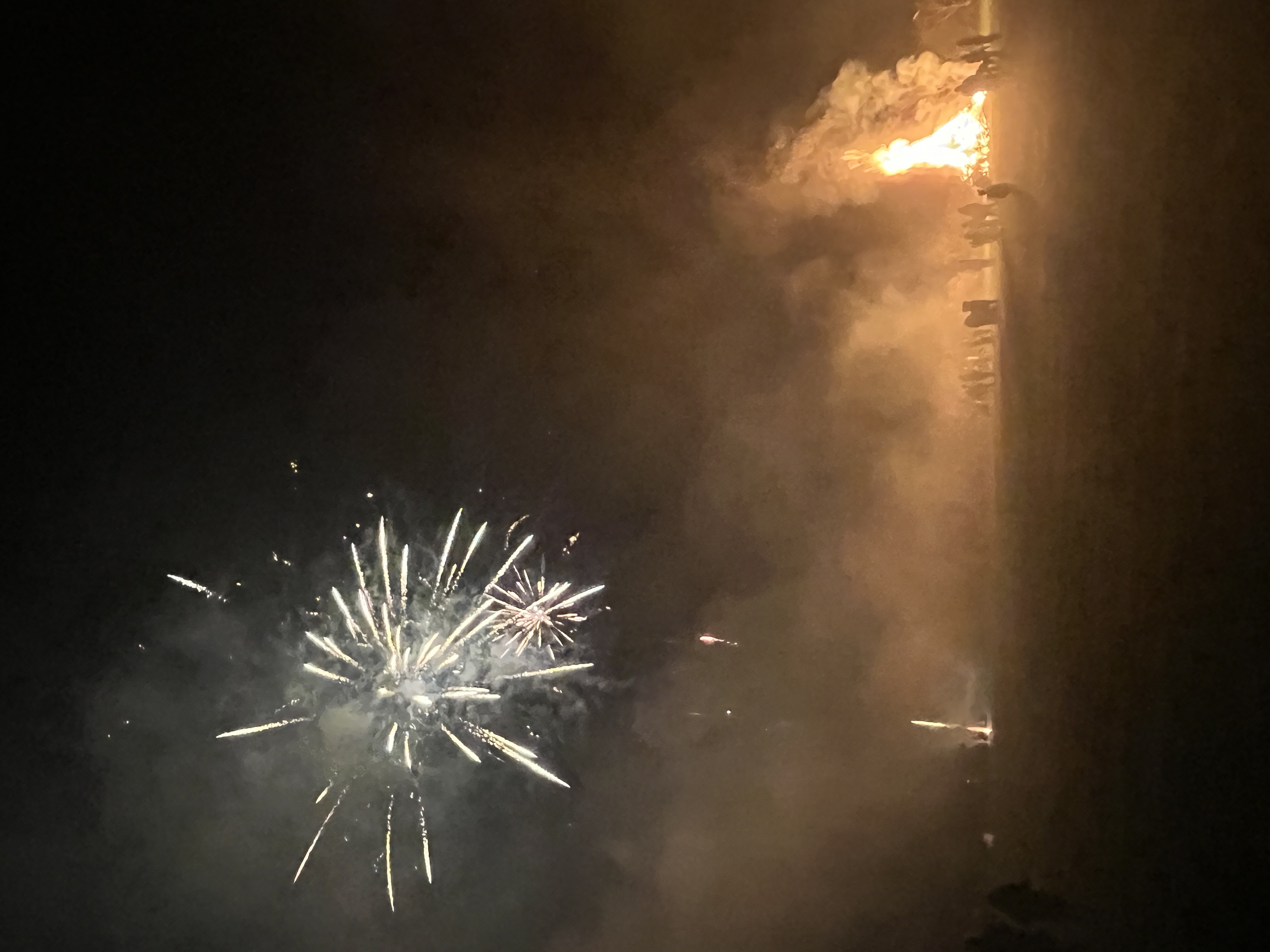B2
Cards (63)
- What is a cell?
- What is the role of enzymes?
- Why does each enzyme only catalyse one specific reaction?
- What is a tissue?
- What is an organ?
- What is an organ system?
- How do enzymes and substrates interact?
- What happens to enzymes at high temperatures and extreme pH levels?
- What do digestive enzymes do?
- What are the products of digestion used for?
- What does amylase break down?
- Where is amylase produced?
- What does protease break down?
- Where is protease produced?
- What does lipase break down?
- Where is lipase produced?
- How does bile aid digestion?
- Where is bile made and stored?
- What is the function of the trachea?
- What are alveoli?
- What occurs during gas exchange in the alveoli?
- What is the circulatory system made up of?
- What type of circulatory system do humans have?
- What are the two circuits in the human circulatory system?
- What controls the resting heart rate?
- What is an artificial pacemaker?
- What do coronary arteries supply?
- What are the three types of blood vessels?
- What is the function of red blood cells?
- What is the function of white blood cells?
- What is the function of platelets?
- What is the function of plasma?
- What is coronary heart disease?
- What are five treatments for cardiovascular disease?
- What is the advantage of statins?
- What is a disadvantage of statins?
- What is the advantage of a stent?
- What is a disadvantage of a stent?
- What is the advantage of a heart transplant?
- What is a disadvantage of a heart transplant?
